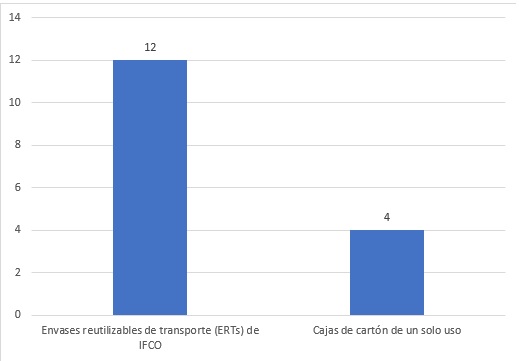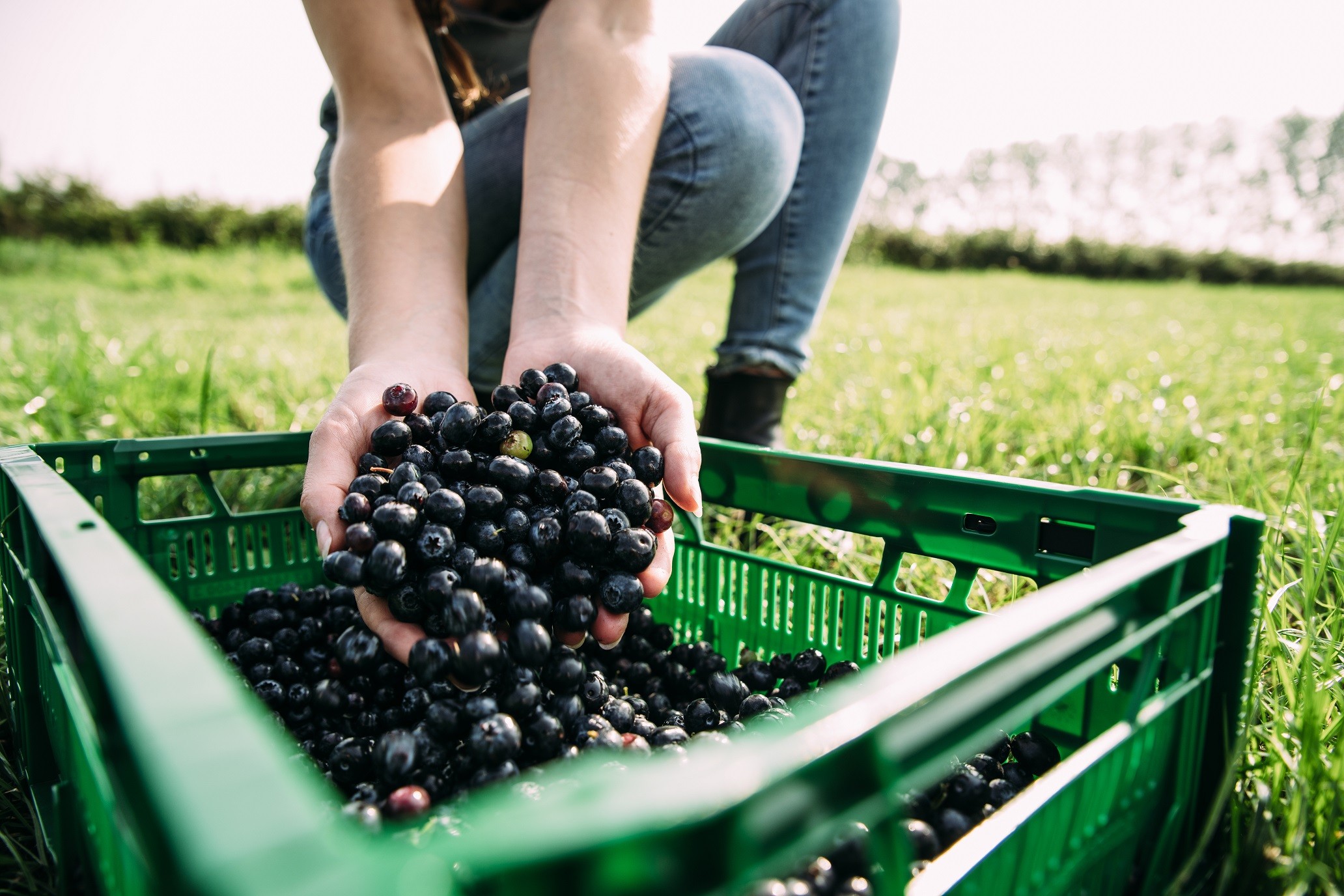Reusable plastic crates extend shelf life of food for at least 4 days longer than single-use carboard boxes
The members of the Association of Logistics Operators for Eco-sustainable Reusable Items (ARECO), Euro Pool System, IFCO Systems and Logifruit, have invested in advanced packaging technologies that help extend the shelf life of fruits and vegetables. These improved packaging systems include features such as humidity control, temperature regulation and gas release, which are specifically tailored to the needs of each product.
In the case of reusable transport packaging (RPC), the design plays a key role in extending product shelf life by helping to remove heat from the field more quickly during pre-cooling, extending on average, according to an IFCO study, up to 4 days of shelf life of contained products compared to single-use carboard boxes.
In some cases, as in the case of mushrooms, the increase in shelf life is even higher, going from 4 days in the carton box (when 40% of the mushrooms are no longer edible) to 12 days in RPCs, according to a 2018 Lippert QM study.

Overall, the use of reusable plastic crates has shown promising potential in reducing food loss and waste along the supply chain. By providing a durable and efficient packaging solution, they contribute to preserving product quality and freshness, thus minimizing losses and promoting a more sustainable approach to food distribution, in line with SDG compliance.
Fighting food waste
The 2030 Agenda for Sustainable Development seeks to halve per capita food waste at retail and consumer levels, as well as to reduce food losses along production and supply chains, including post-harvest losses (SDG target 12.3) (UN, 2015). Achieving this target would have significant implications in the fight against climate change.
According to FAO, food loss and waste account for 8 to 10 percent of global greenhouse gas emissions. These changes negatively impact crop yields, can reduce the nutritional quality of food and cause supply chain disruptions (FAO, 2022).
Meanwhile, according to FAO’s State of Food and Agriculture report approximately 14 percent of the world’s food (worth $400 billion a year) continues to be lost after it is harvested and before it reaches stores 8 (FAO, 2019).
In terms of the food loss and waste situation in Spain, 1.3 billion liters and kilograms of food are lost every year, and globally, wasted food production generates 10% of greenhouse gas emissions.
Packaging is a crucial component of the supply chain that has an impact on reducing food loss. FAO states that losses at almost all stages of the food chain can be reduced using appropriate packaging (FAO, 2015). In a report by the American Institute for Packaging and the Environment (AMERIPEN), the authors emphasize the protective role of packaging and mention it as an underutilized solution that could significantly reduce food waste (AMERIPEN, 2018).
According to a study conducted by researchers from the University of Cantabria, the UNESCO Chair in Life Cycle and Climate Change ESCI-UPF, the University of Lleida (UdL) and the University of Santiago de Chile in 2020, the contribution of food loss and waste due to processing and packaging is 7.4% in Spain (Laso et al., 2021).
Innovations in packaging could represent a tool to increase the overall sustainability of food production and reduce food loss and waste by extending shelf life, defined as the period during which the quality of the food product is satisfactory. According to FAO, shelf life varies from short, for example, raspberries and other berries, to those products that are naturally adapted to longer storage periods, such as onions, potatoes, garlic, pumpkins, etc. (FAO, 2004).



